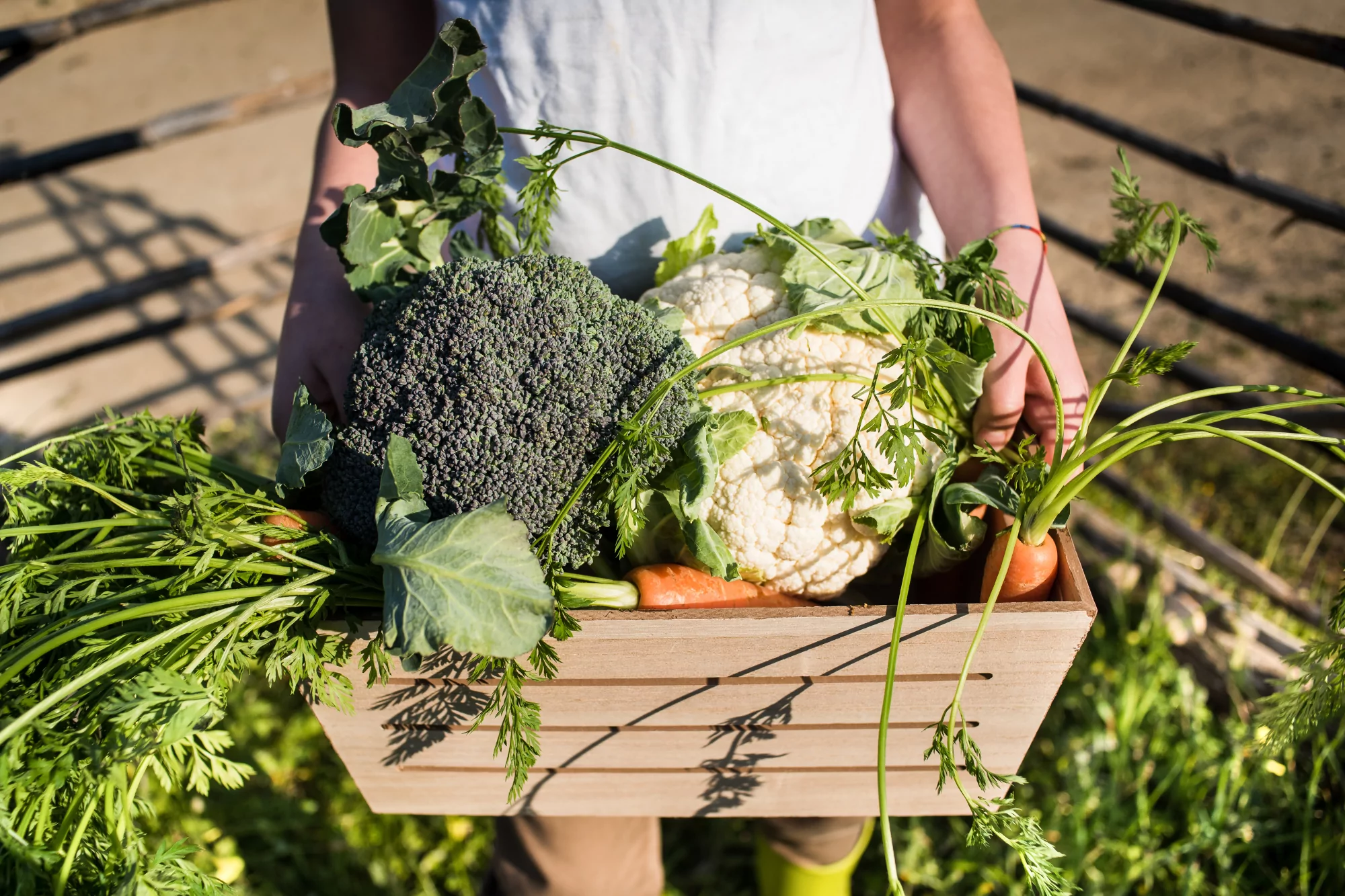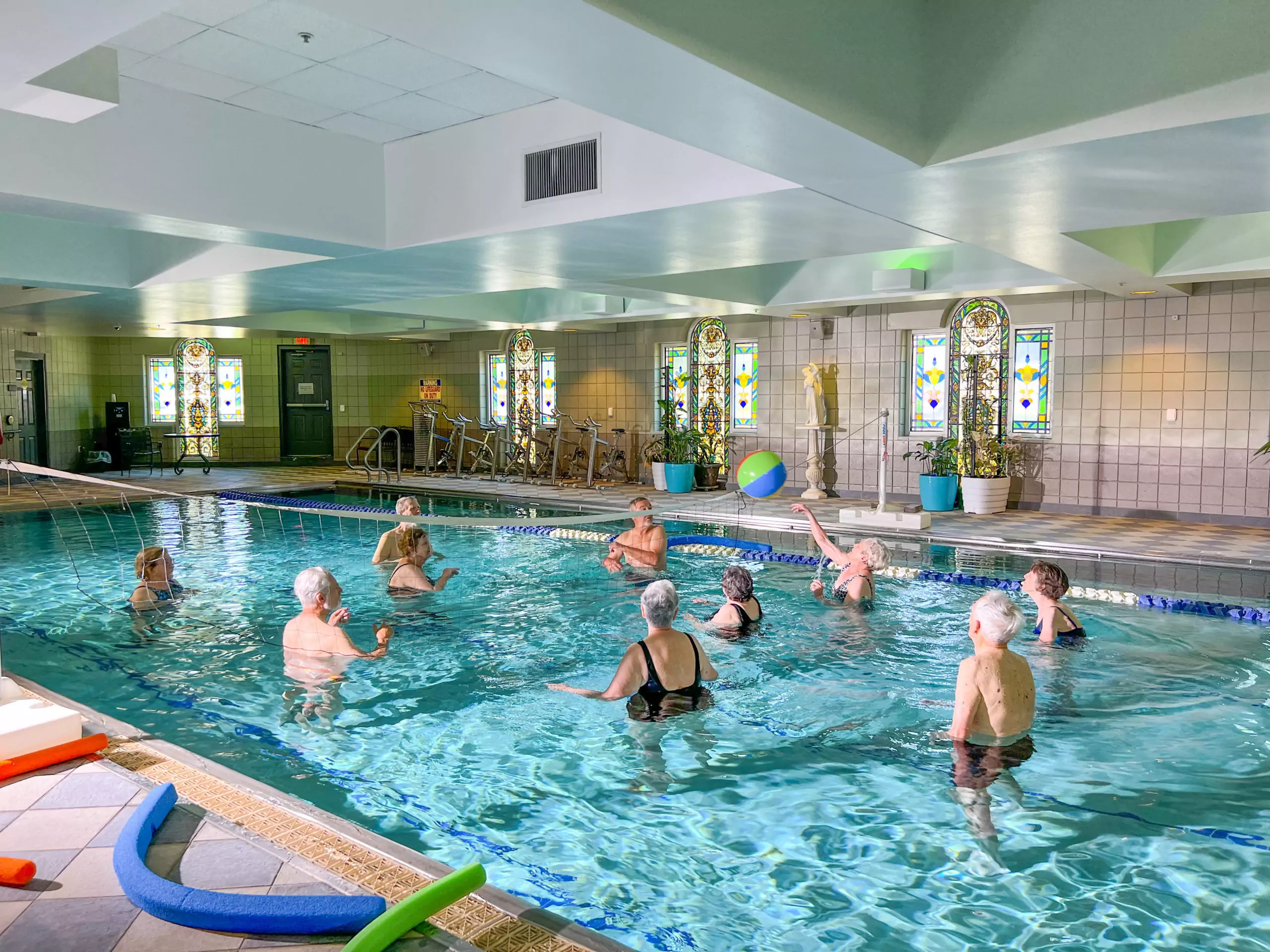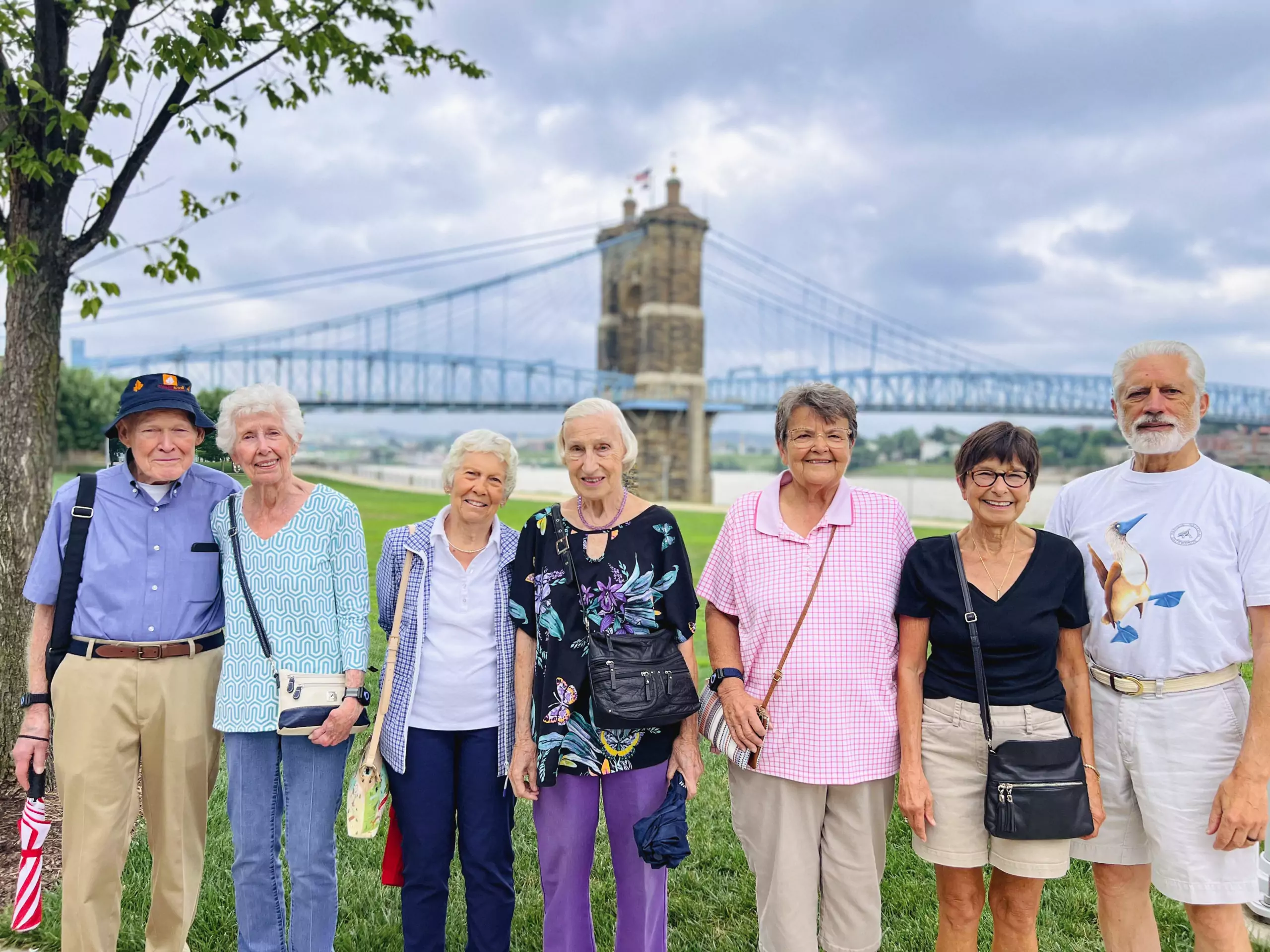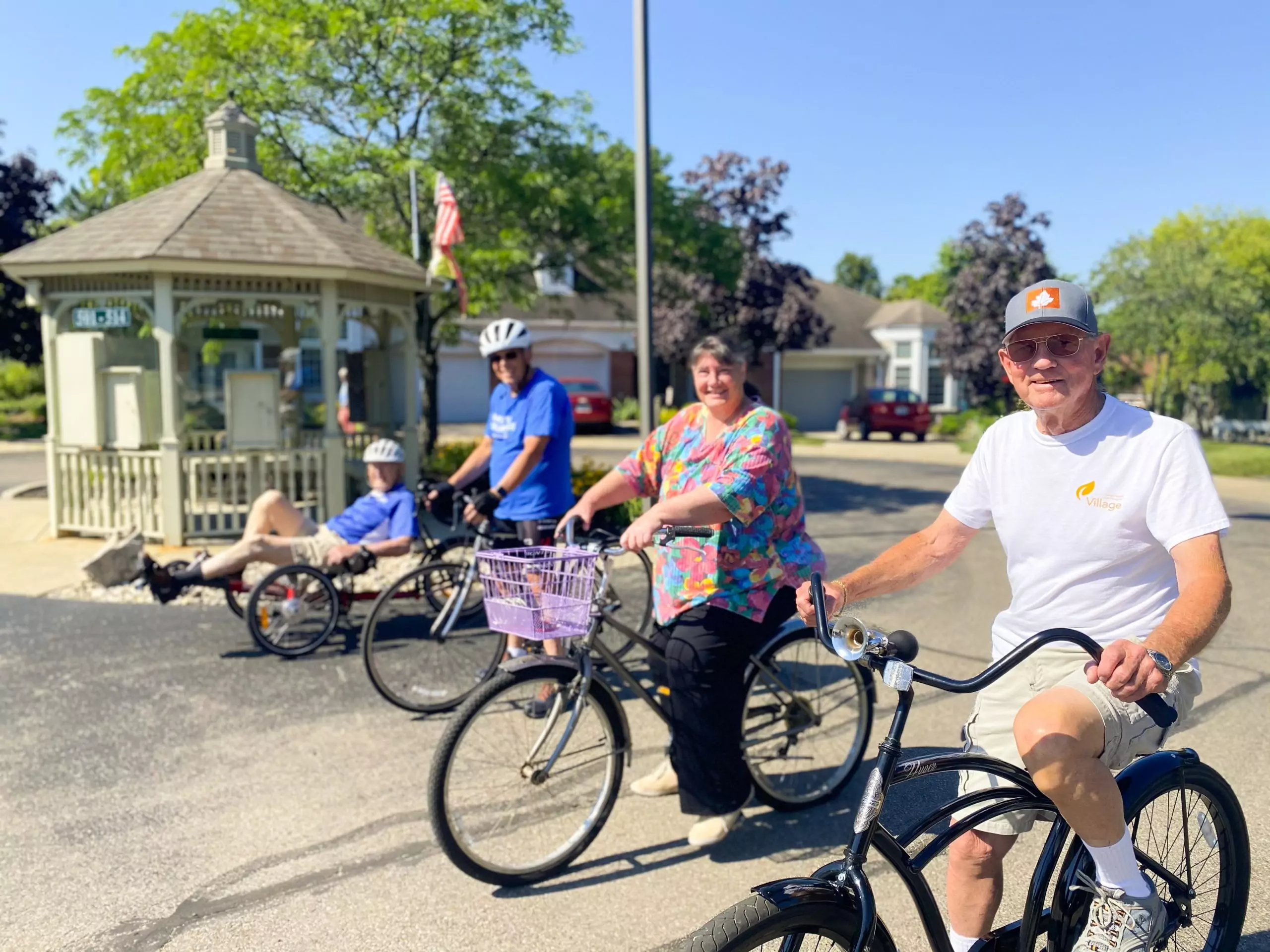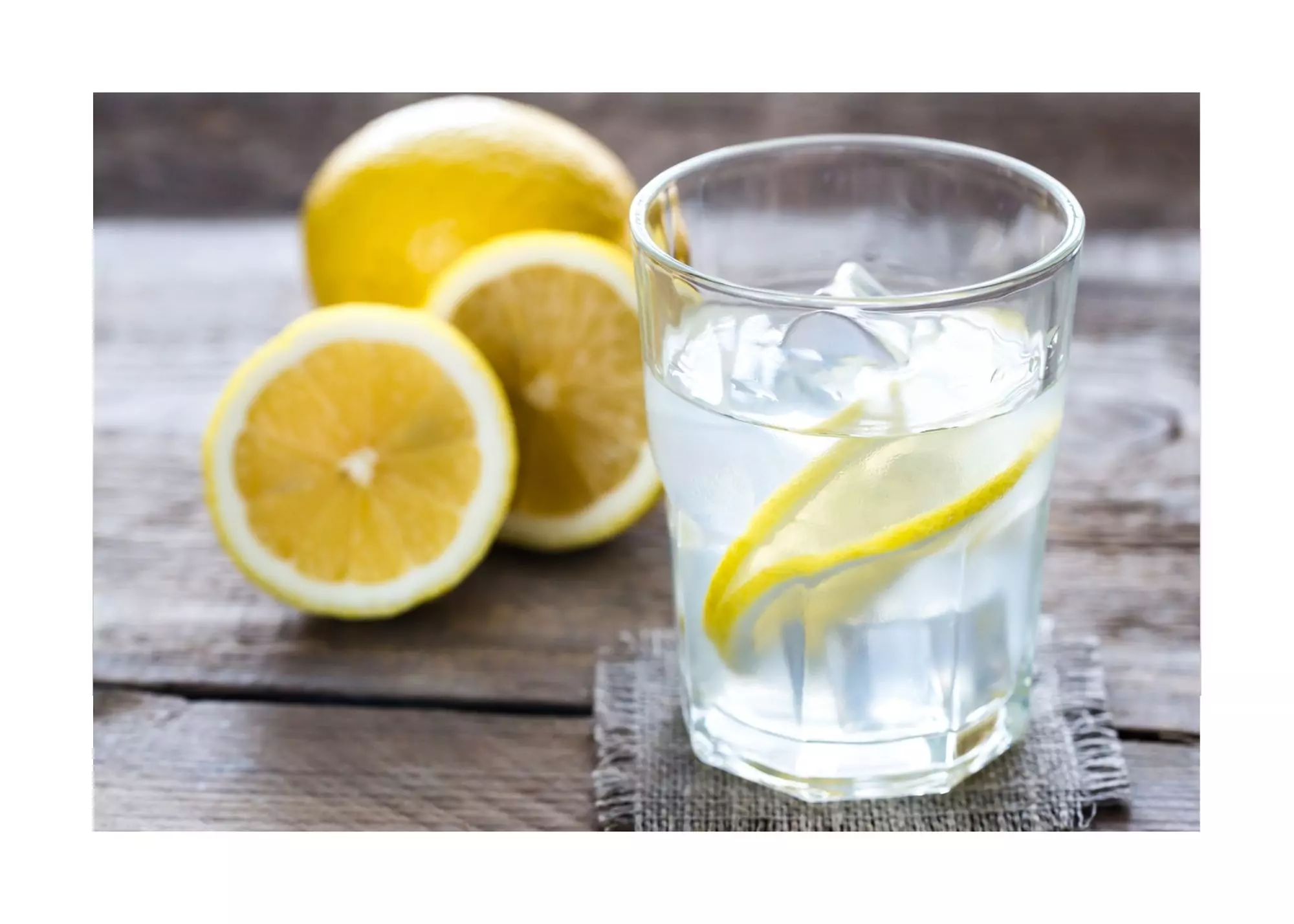As we age, it is normal for our bodies and minds to undergo various changes. But when those changes begin to interfere with daily life, there may be a more serious underlying issue such as dementia or Alzheimer’s disease. With June being Alzheimer’s and Brain Awareness Month, now is an ideal time to understand the value of brain health, especially for seniors.
Understanding Alzheimer’s Disease
While often used interchangeably, it is important to understand that dementia and Alzheimer’s disease are not the same thing. Dementia is the general term for a decline in mental ability severe enough to interfere with daily life, while Alzheimer’s is a specific form of dementia.
The Alzheimer’s Association defines Alzheimer’s as “a brain disease that causes problems with memory, thinking, and behavior”. The disease progresses slowly, with symptoms worsening over time, making early intervention crucial. A timely diagnosis of Alzheimer’s disease can significantly improve the quality of life for older adults and their families by allowing access to support services and advancements in medicine. Most importantly, it enables individuals to plan for the future and make important decisions regarding their care.
Key symptoms of Alzheimer’s disease include:
- Memory loss that disrupts daily life
- Difficulty in completing familiar tasks
- Confusion with time or place
- Trouble with speaking or writing
- Misplacing common items
- Decreased judgement
- Changes in mood or personality
If you have noticed one or more of the signs listed above in a loved one, it may be time to address your concerns with your loved one and a medical professional. While it is natural to be nervous or not know how to approach the subject, these changes could indicate a serious, underlying health concern and should not be ignored.
Promoting Brain Health
While there is currently no cure for Alzheimer’s disease, certain lifestyle choices can help promote brain health and help reduce the risk of developing Alzheimer’s or dementia. The CDC offers the following tips to help maintain brain health:
- Stay Physically Active: Regular exercise increases blood flow to the brain and can help improve brain health and reduce the risk of depression and anxiety. Activities such as walking and swimming can be beneficial for older adults. The Hemsworth Wellness Center at Maple Knoll Village consists of highly trained staff members that curate programs designed specifically for older adults and their physical abilities.
- Eat a Balanced Diet: A diet rich in fruits, vegetables, whole grains, and lean proteins supports overall health. Managing your blood sugar can also have benefits for your physical and mental health.
- Keep the Mind Active: Engage in activities that challenge your brain, such as puzzles, reading, or learning a new skill. The Life Enrichment department at Maple Knoll Village offers numerous opportunities for critical thinking and learning through their robust program offerings.
- Stay Socially Engaged: Social interactions can help maintain cognitive function and improve your overall mood. Find ways to be social and participate in community activities such as joining a club or volunteering once a week. Residents at Maple Knoll Village have opportunities to join various clubs on campus such as writing club, drama club, book club, golf scramble, the community garden club, and much more.
- Get Quality Sleep: According to the Sleep Foundation, the older people get, the more their quality and duration of sleep can alter due to natural changes in their body and brain. Because poor sleep has been linked to an increased risk of Alzheimer’s, it is essential that older adults maintain a regular sleep schedule and try to get at least seven hours of sleep per night. Reducing bedroom distractions, developing a bedtime routine, and avoiding substances that discourage sleep such as caffeine or large meals before bed can all assist in a better night’s sleep.
Brain awareness is crucial for older adults to help ensure a high quality of life and independence. By understanding the importance of brain health and adopting proactive measures, seniors can significantly enhance their cognitive functions and overall well-being. The Alzheimer’s Association has many great resources to educate and assist you with approaching the topic of memory concerns and supporting loved ones with Alzheimer’s or dementia. Communities such as Maple Knoll Village offer compassionate memory support with staff specifically trained to assist those with Alzheimer’s or dementia.
This Alzheimer’s & Brain Awareness Month let’s prioritize brain health and empower seniors to live their best lives.




